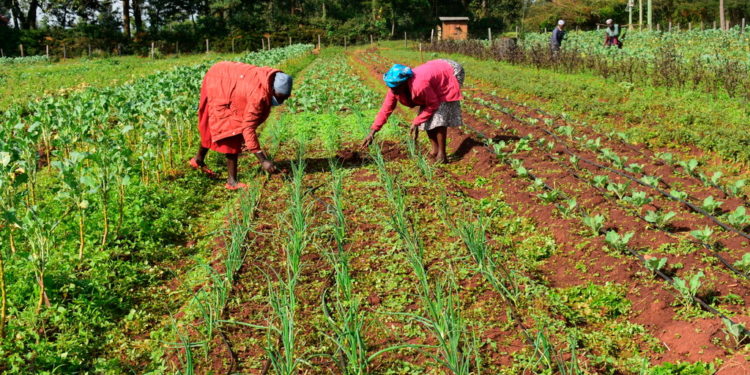President William Ruto last week stated that maize Flour will retail at Kshs 150 per 2kg, down from Kshs 210. Coupled with current rains, there is likelihood drop in food prices. Despite all these, Kenya’s high cost of living is unlikely to ease.
This is attributed to continued weakening of the Kenyan Shilling against major world currencies, which will erode any gains made in easing food prices.
A weak shilling, will continue to increase the cost of imports for both raw material and finished goods, as the country remains a net importer.
Year to date, the shilling has shed 10.1 percent of its value to 135.9 from 123.4 to the US dollar, the predominant trading currency.
Another factor that may lead to high cost of living is the disruption in the global supply chain.
Read: Government’s Compliance with IMF to Worsen Cost of Living
Nevertheless, high input and transport costs are seen as major factors constraining agricultural production. The cost of electricity keeps going up, the subsidized fertilizer is not that cheap and not all farmers have accessed it.
Chief Cabinet Secretary, Musalia Mudavadi, while appearing before national assembly, earlier this week warned Kenyans to brace themselves for a tough year, saying the country’s financial crisis was deepening and it will take at least two years to fix the economy.
Central Bank of Kenya has since trimmed this year’s GDP growth projection to 5.8 percent, from a previously forecast 6.1 percent.
The Kenya National Bureau of Statistics has tied the rise in inflation largely on increase in prices of commodities under food and non-alcoholic beverages (13.4%); and housing, water, electricity, gas and other fuels (7.5%); and transport (12.6%) between March 2022 and March 2023.
Email your news TIPS to editor@thesharpdaily.com


















